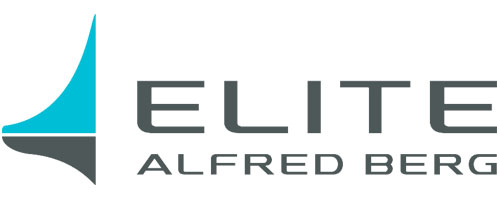Any property owner or manager understands the necessity of improving tenant relationship management. A profitable, effective, and sustainable rental property business is built on strong tenant relationships.
Cultivating positive sentiment with tenants during an active lease period helps to ensure pleasant interactions, create trust, improve lease renewal interest, and get positive referrals.
Asset managers should use efficient operational practices and insightful analytic processes in their work in order to achieve a better tenant relationship.
Improved daily operations operations and better tenant relationship
The simplest way to improve tenant relationships is to excel in day-to-day activities.
Aside from providing great and professional customer service, there are a few other important practices to follow in order to maintain good tenant relations:
- Thorough documentation
- Quick service delivery and responsiveness
- Taking improvement suggestions
These procedures are used in daily operations ranging from face-to-face interactions with tenants to internal communications and workflows of property management organizations.
While interactions with tenants are highly influenced by the individual’s abilities, internal information and workflow can be managed through standardized communication channels among working teams.
Improve internal communication by using the right tools
It is most convenient for businesses that use a property asset management system (e.g., Assetti) to have information flow and task assignment integrated into the system. Assetti’s Notes functionality allows asset managers to share information and give tasks to their colleagues while keeping track of tenants, leases, units, and properties.
To put it simply, Assetti Notes functions as a messaging system. It enables users to add contents with tags and attachments to any tenant in the existing database.
This means that an asset manager can convert any conversation, message, email or phone call with a customer into a note in the system at any time and from any location. The note will be forwarded to the responsible person for the required action. It can be also linked directly to all the tenant’s data, including his/her lease, unit and property.
Users have fast access to their own and assigned notes with Assetti Notes, and smart notifications keep them up to date on changes made by their colleagues. A function like this in a property management system allows for a high level of responsiveness and service delivery. This is accomplished through effective and convenient communication, while also ensuring thorough documentation with traceable entries.
Analyzing the tenant’s presence
It is useful for property asset managers to have a broad overview of their tenants as well as organization-wide exposure.
Tenant analytics and reports may provide practical insights into improving overall tenant retention and occupancy, as well as assessing the value proposition of existing tenants.
In Assetti, metrics such as top tenants by leased area, total rents, or rental level provide a valuable understanding of a property’s or portfolio’s dependence on a tenant. They assist asset managers in preparing for possible changes (e.g., tenant downsize) or in being open to new tenant opportunities.
Having an aggregated picture of a tenant’s presence in one system, with lease, unit, and contact details, helps asset managers to review the overall situation and combine information to increase tenant retention.
Efficient and adequate communication is the foundation for strong customer service, excellent service delivery, and responsiveness, while aggregated tenant metrics serve as the foundation for offering insights for evaluations and developments.
Assetti, a property asset management tool, offers both functions in a integrated environment. It provides property asset managers with more capabilities when it comes to enhancing their tenant relations.









